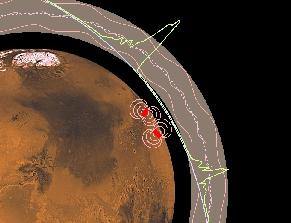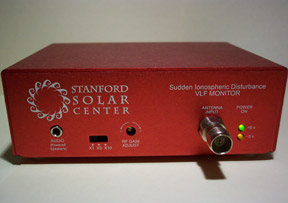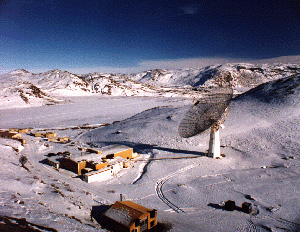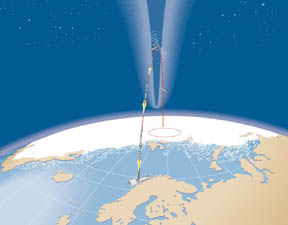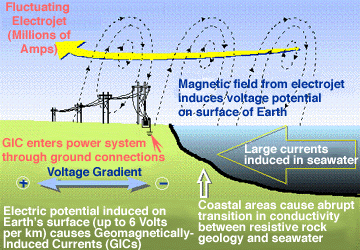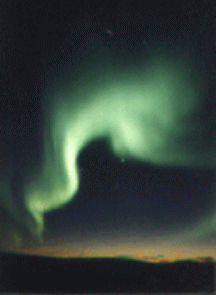
Photo courtesy of Jyrki Manninen
The Ionosphere
The ionosphere is a special part of the atmosphere. It is not a separate layer, but part of the thermosphere.
Different regions of the ionosphere make long distance radio communication possible by reflecting the radio waves back to Earth. It is also home to auroras.
Temperatures in the ionosphere just keep getting hotter as you go up!







